Intro
A light riding horse from Afghanistan, the Mazari is named for the people who raise them.
Read more

A light riding horse from Afghanistan, the Mazari is named for the people who raise them.
Read more

A hardy mountain horse from Afghanistan, the Kohband is more of a type than a breed. They are bred in a mountainous area in the northwestern part of the province of Kapisa.
Read more
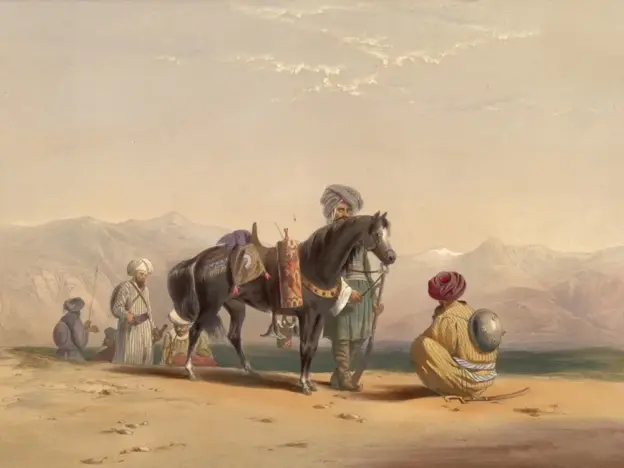
A light riding horse from Afghanistan, the Herati is more of a type than a breed and are known for being mounts of the Afghan resistance during the border crisis in the late 19th century.
Read more
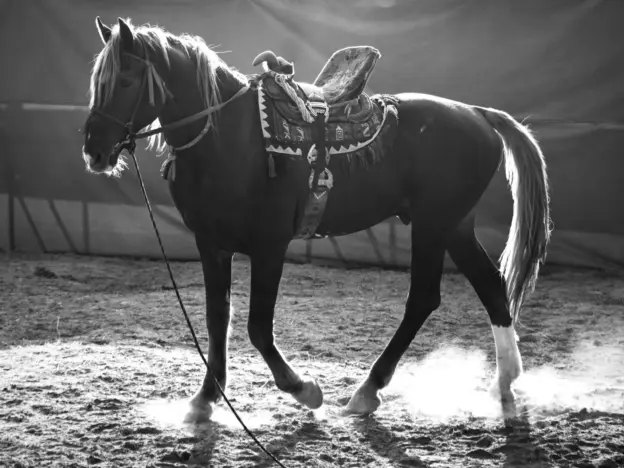
A sport horse from Afghanistan, the Dawand is more of a type than a breed and are known particularly for their great speed. This is the fastest of the Afghan horse types and is generally reserved for the most experienced riders.
Read more

A sport horse from Afghanistan, the Buzkashi is more of a type than a breed, a type specifically bred for the game of buzkashi from which it gets its name.
Read more
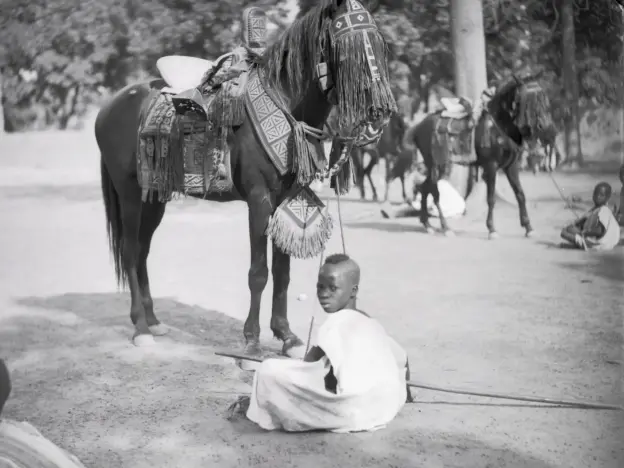
Also called Yagha and Burkinabe, this breed horse is named for the Mossi kingdom in what is now Burkina Faso. The Mossi people have been associated with masterful horsemanship for centuries. Their horses are a type among the West African Dongola horse, found in many countries on that part of the continent.
Read more
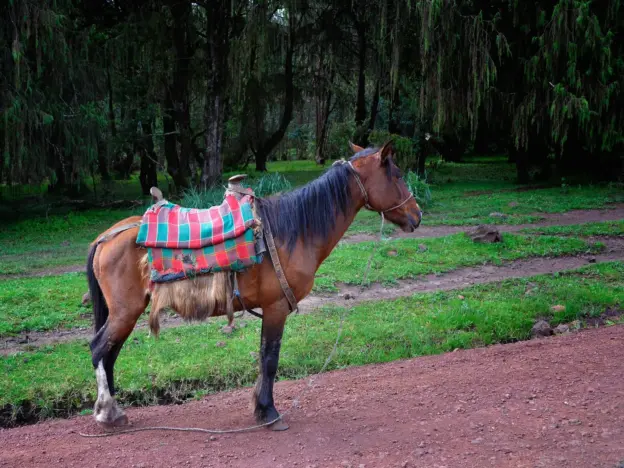
Thought to be an incredibly old breed of horse, the Borana horse comes and is named for the Borana zone in southern Ethiopia. There is not much documentation about the breed, but scientists have begun to study them in an attempt at characterization.
Read more
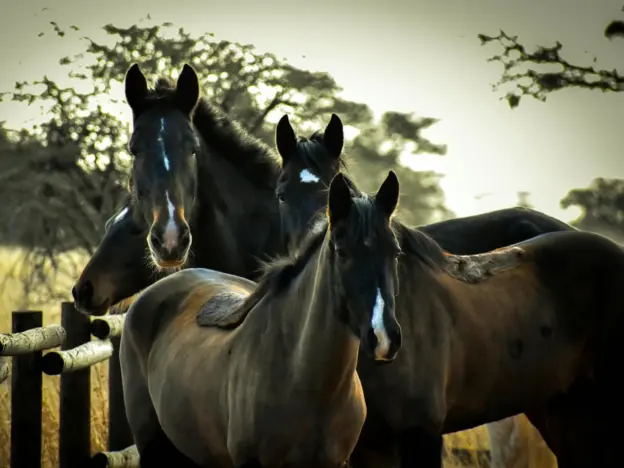
The South African Vlaamperd comes from the western Cape Region of South Africa. Their name translates to “Flemish Horse” referring to their strong initial Friesian influence. This Flemish heritage provides them a defining characteristic, a beautiful black coat (although mares may be dark seal).
Read more
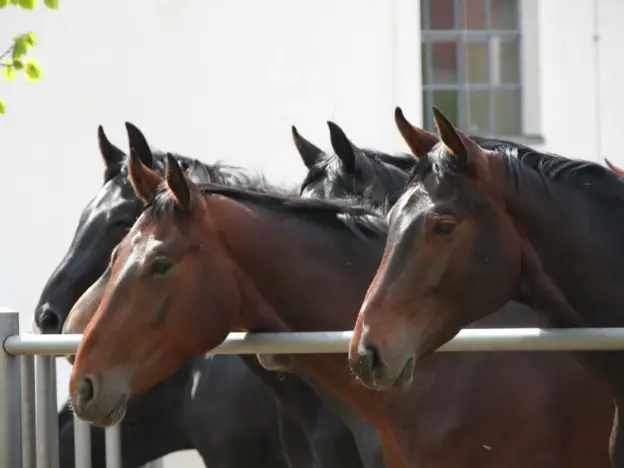
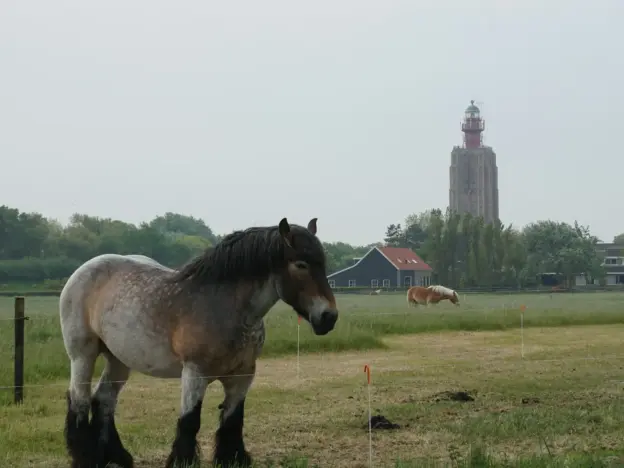
Zeeuwse Trekpaard or Zeeland Horses are an old Dutch Breed that was influential in the development of the Belgian and Dutch draft animals.
Read more